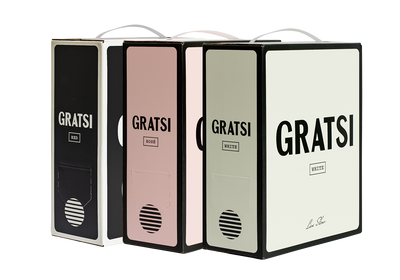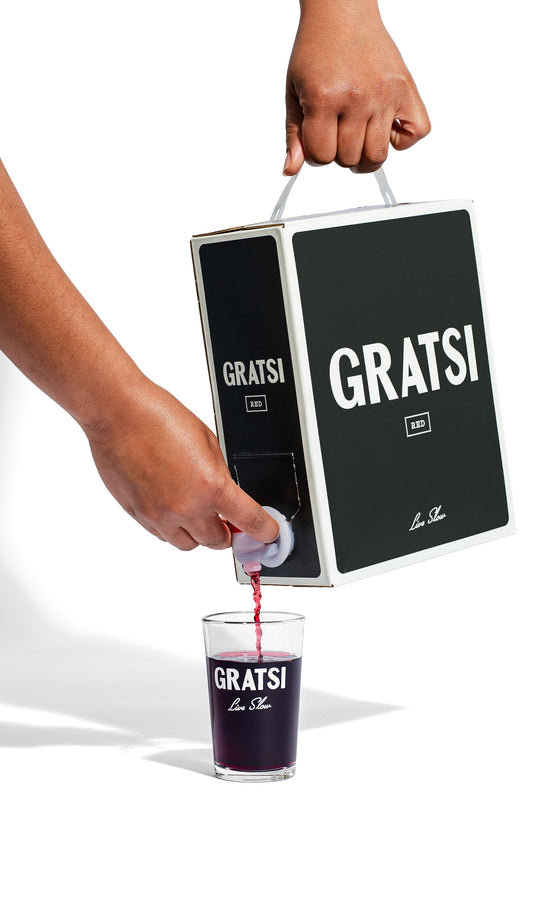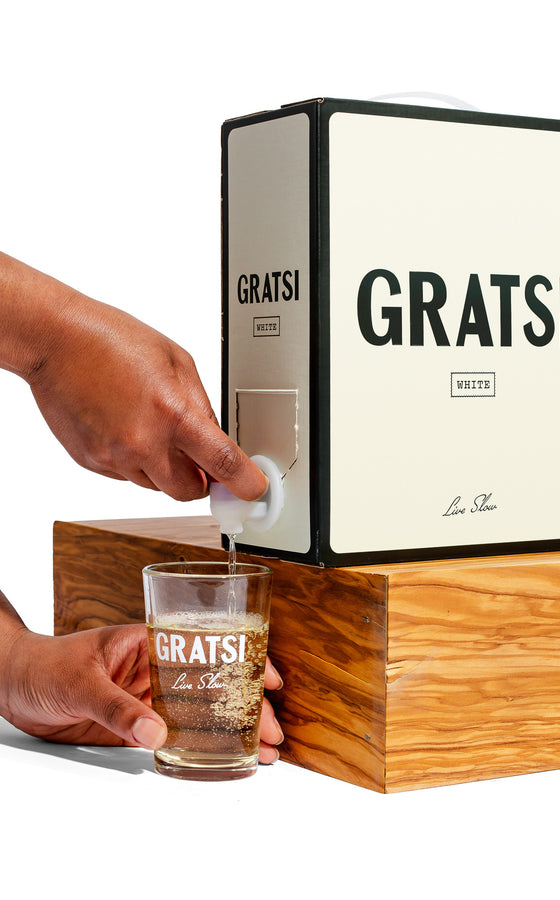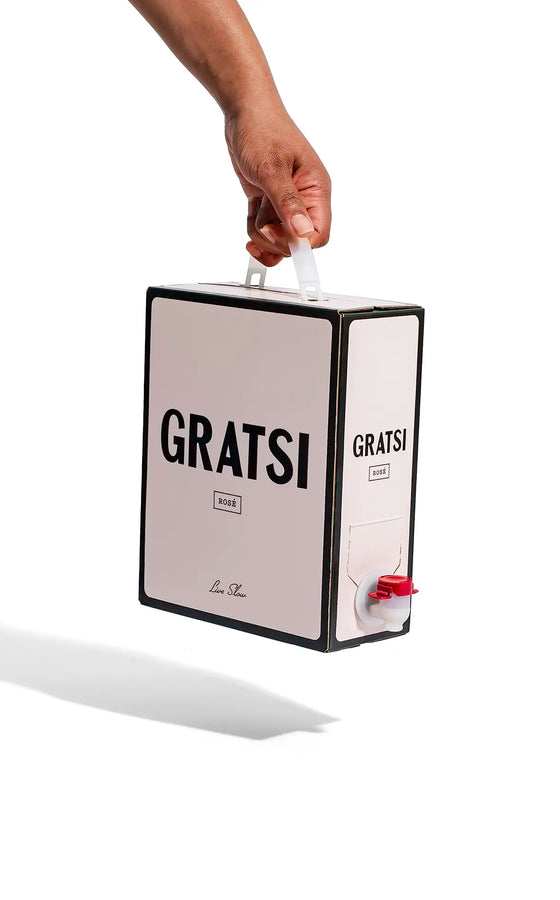Saving Seeds
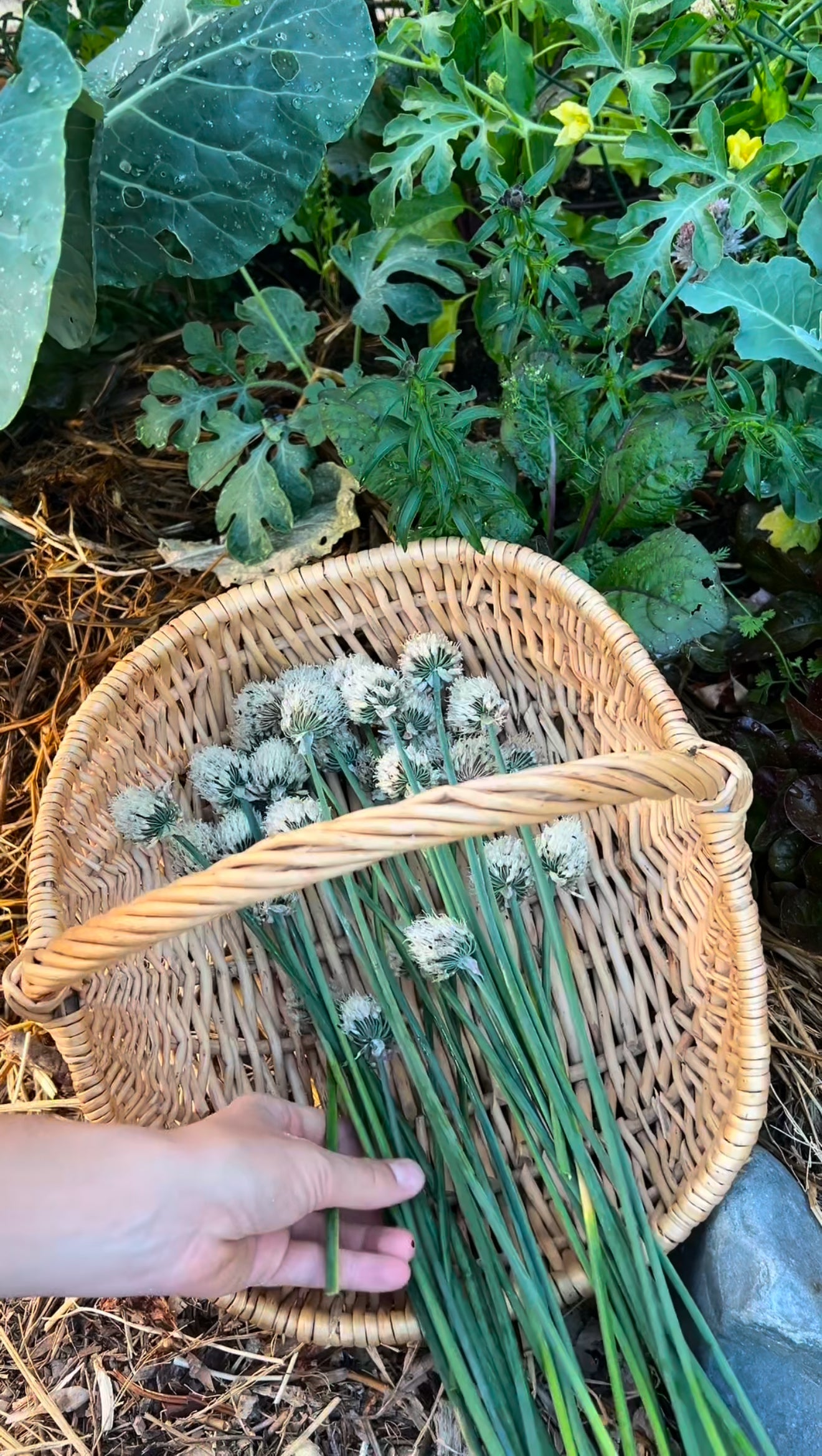
An ancient technology for resilience.
Saving Seeds
By Jennifer Macleod
December 11, 2024
Do you remember middle school biology class when you learned about the different parts of a flower and how they reproduce? It’s a complex process when broken down scientifically, but when observed in the garden there is a kind of wonder surrounding the feat. When a bean pod is opened and there are dried seeds inside, or a flower grows hundreds of tiny seeds to produce the next generation, it leaves me with a sense of magic. Saving seed from the garden is a process that I see folks venture into once they feel confident in their gardening skills. Saving seeds is not complicated, but there are a few things to know to be successful.


Each generation of seeds pass along genetic information, and when saving seeds you can select for traits that will produce more resilient plants. In this way, you can build adaptability and resilience into your garden. There are two categories of seeds you want to be aware of: open pollinated and hybrid varieties. Open pollinated seeds will produce fruits that are very similar to their parents, but hybrids can vary greatly. When saving seeds as a beginner home gardener, it’s best to stick with open pollinated varieties. The seeds you purchase will say on the packet if they are open pollinated varieties. There is nothing wrong with growing hybrid varieties, just don’t try to save seed from them and expect you’ll get the same thing next season!
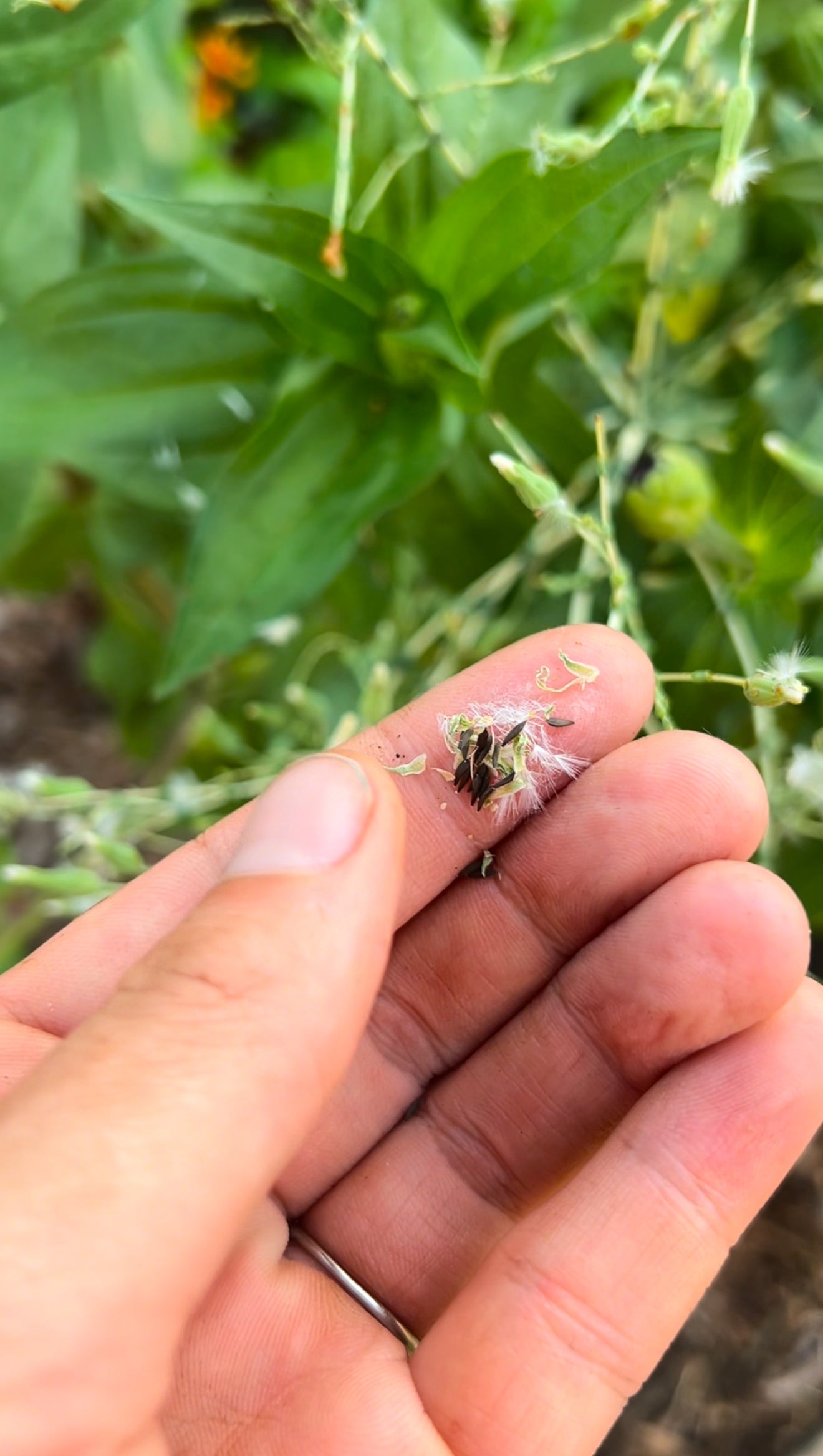
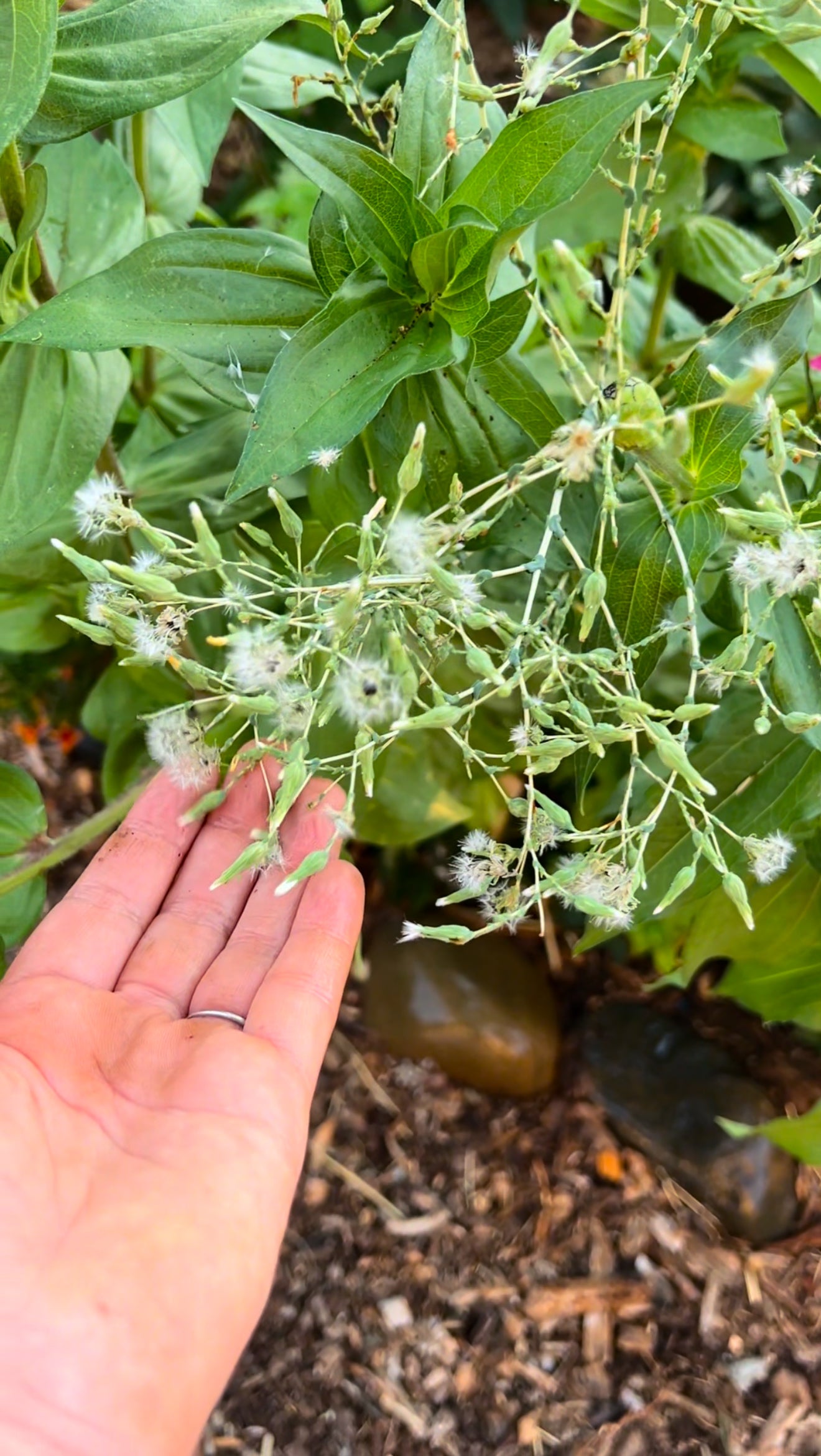
Another important aspect of saving seeds is knowing how long it will take for your plants to produce seeds. Some plants take one season, these are called annuals. Tomatoes, green beans, zucchini, basil, and lettuce are just a few examples of annual seed producers. These are the easiest types to begin saving as they produce seeds quickly and are often easy to see on the plant. Other plants may take two seasons, these are called biennial. Depending on your climate, you may need to take measures to overwinter your biennials in order to save seeds from them. Examples of biennial seed producers are carrots, parsnips, celery, celeriac, parsley, beets, chard, kale, kohlrabi, Brussels sprouts, some broccoli, turnips, rutabaga, onions, and leeks. Savings seeds from these plants is just slightly more tricky since they take longer to produce and the seeds tend to be very small.
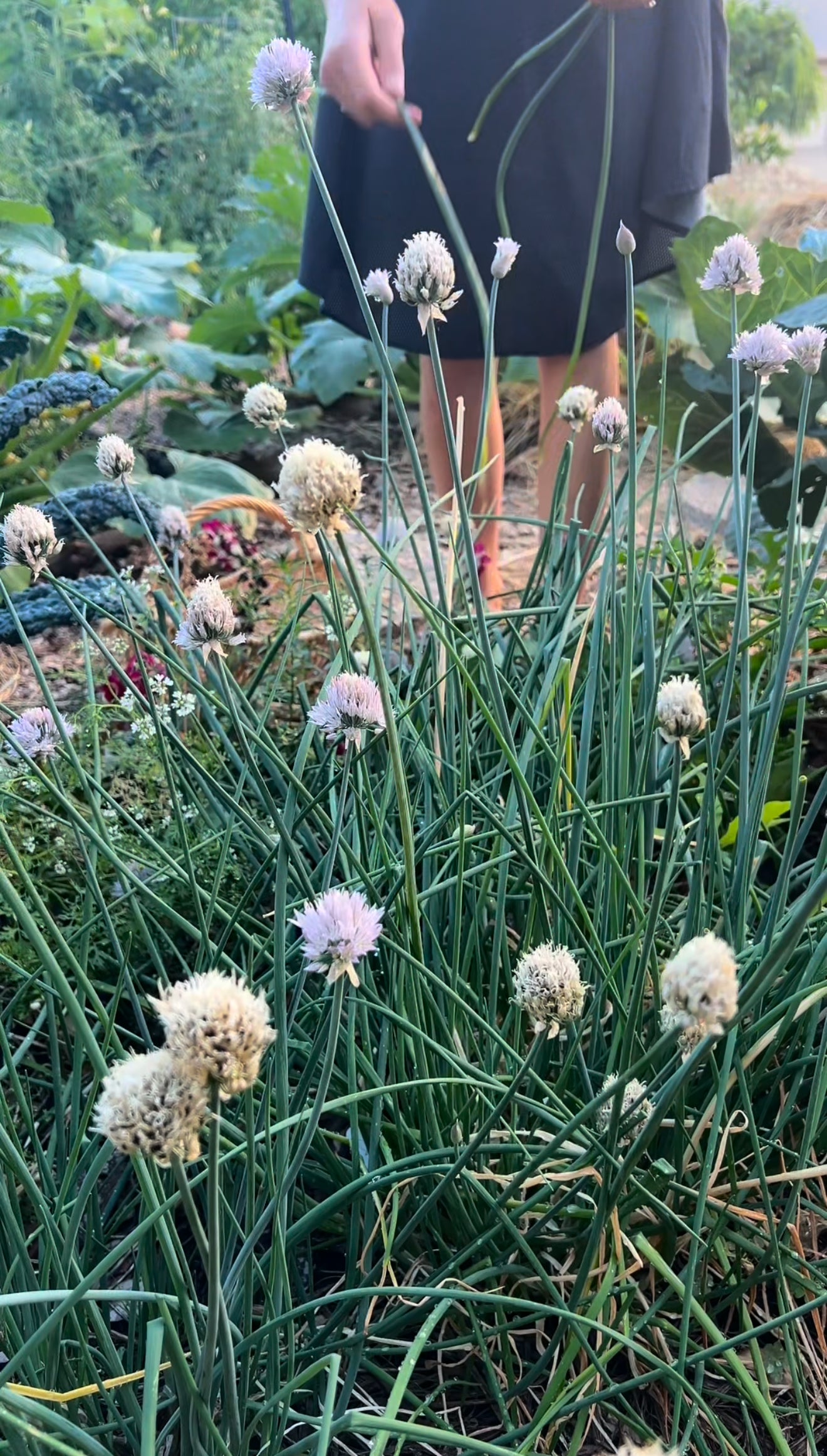
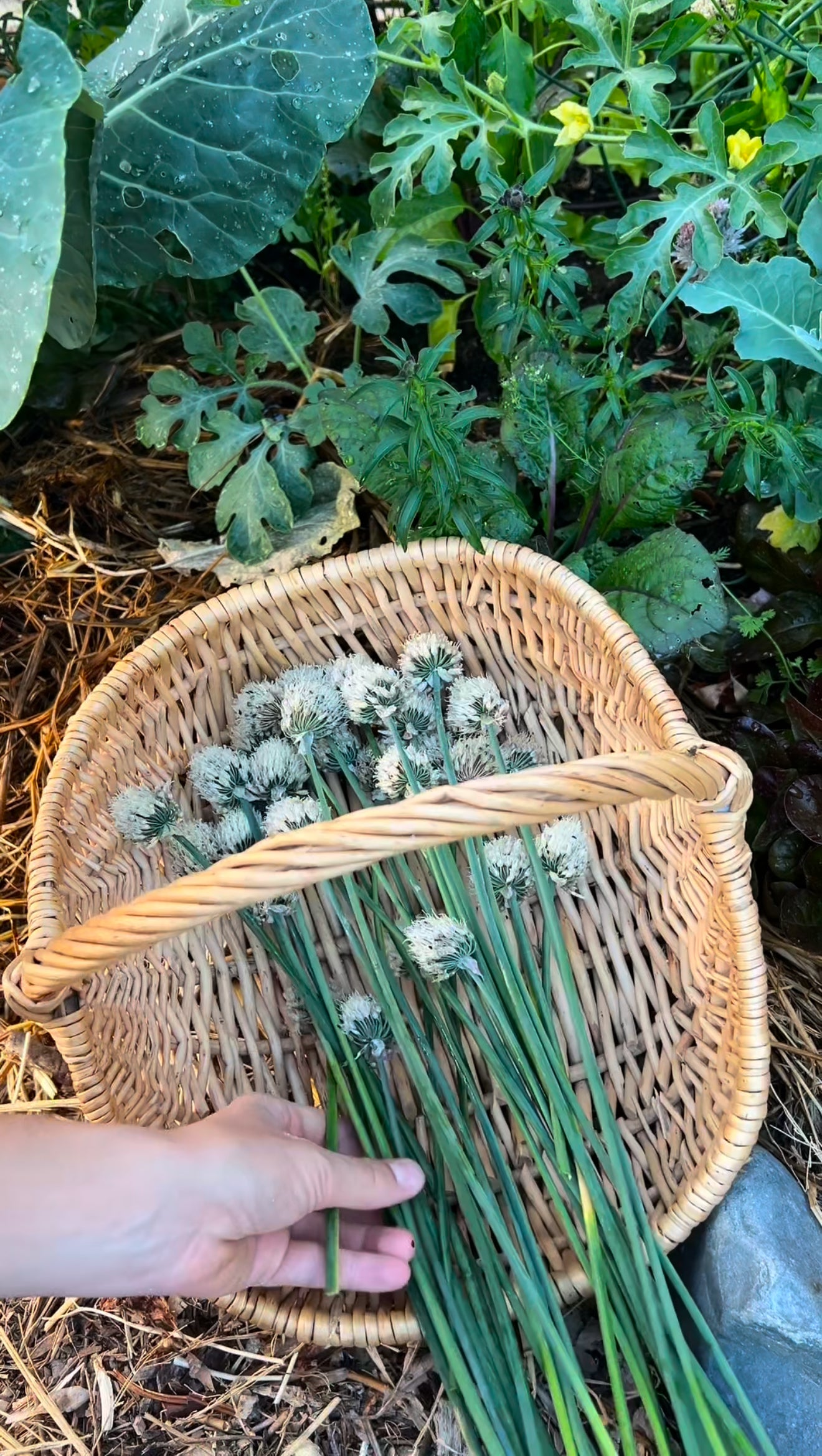
Once it’s time to harvest seeds from your plant, you’ll need to find out if it is a wet or dry seed saving process. The difference is that wet processes require a bit of fermentation for the seeds to become viable. Tomatoes and cucumbers fit this category. Beans, basil, lettuce, and many flowers like zinnias and marigolds are a dry process. This means you can simply allow the seeds to dry on the plant and harvest, putting them directly into storage. I recommend starting with dry seed saving as it is the most straightforward.
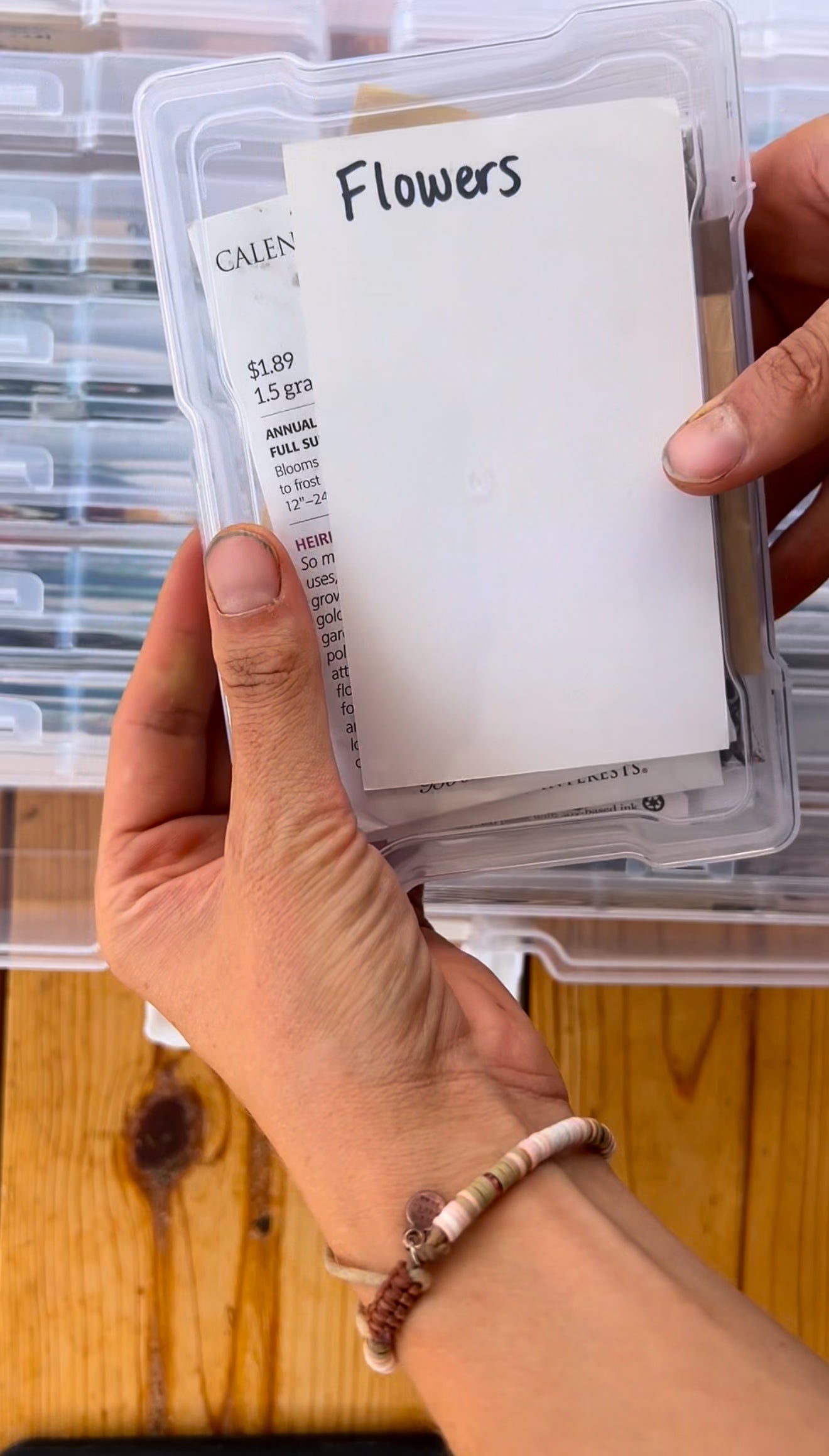
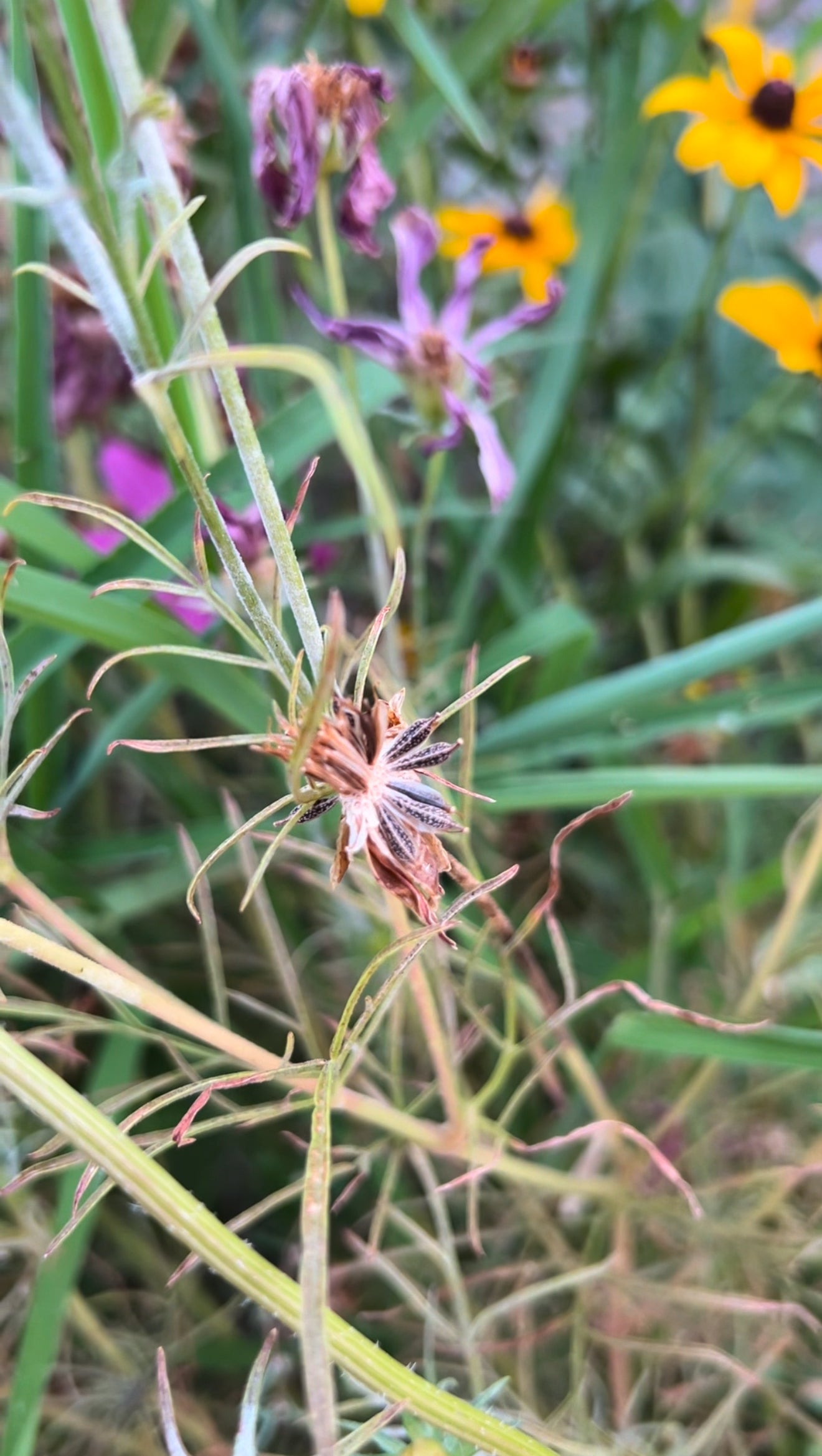
Saving seeds does not need to be overly complicated for the home gardener, but there are a few key pieces of information to keep in mind so you can grow the plants you intend to grow and have a high success rate. There are detailed resources available for free online at the Organic Seed Alliance and Seed Savers. So, what are you waiting for? Start building the resilience of your garden this year and save seeds! It will give you a deep appreciation of your garden, save you money, and create plants that are well adapted to your garden’s climate.


